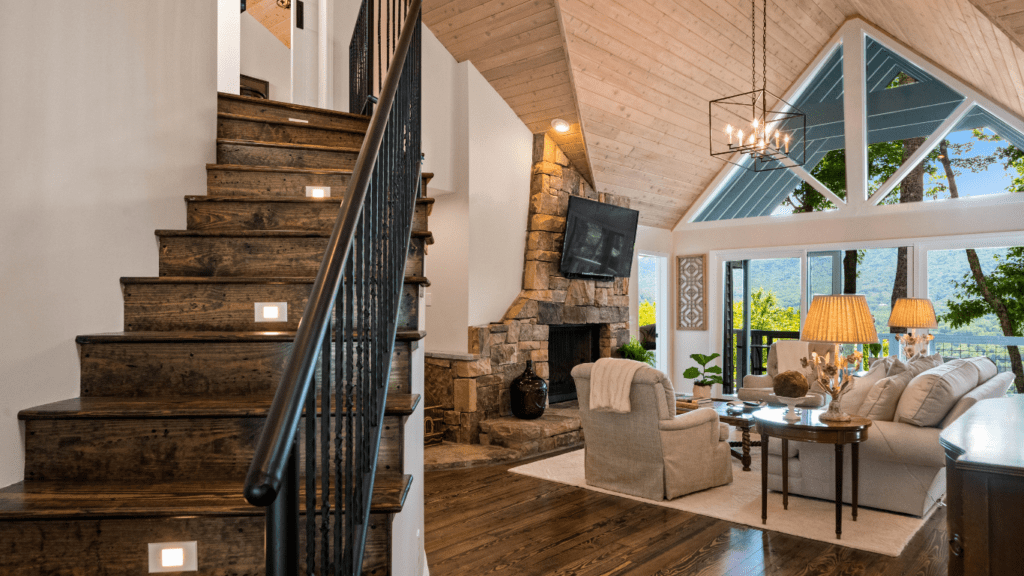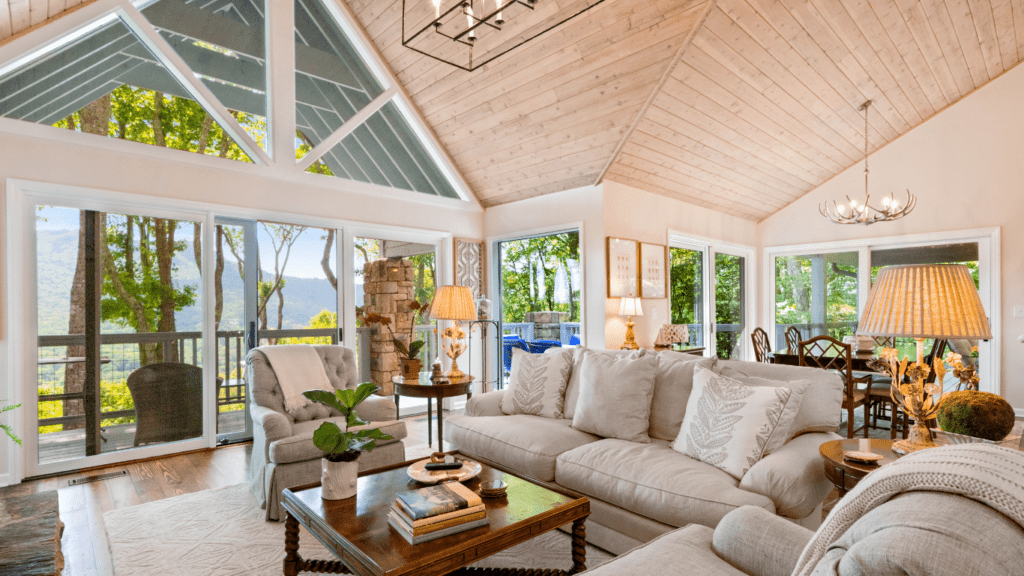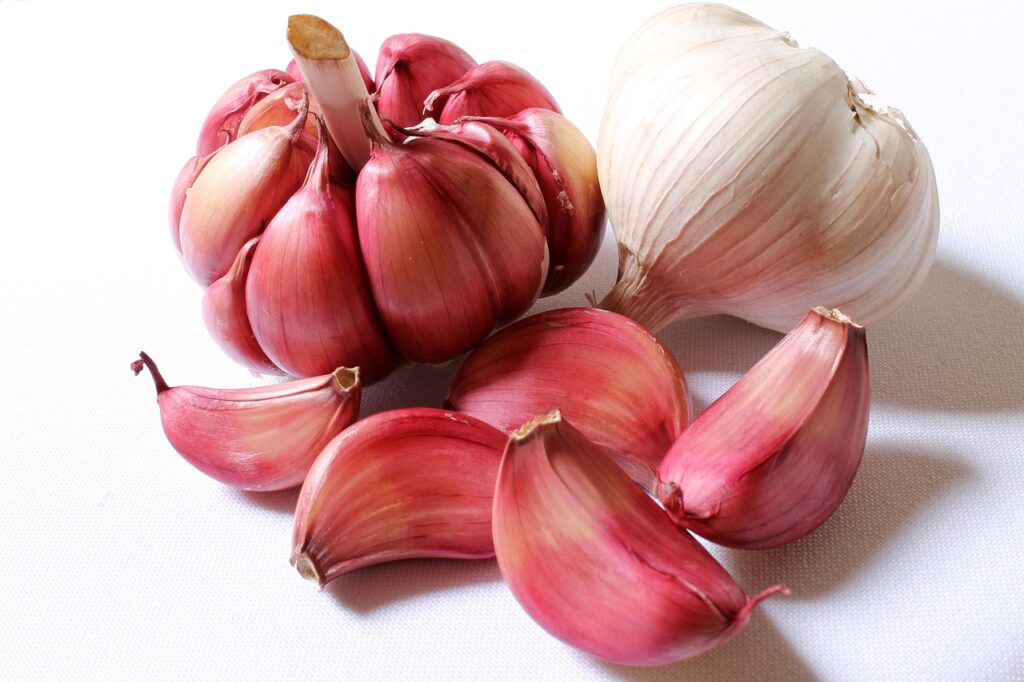Benefits of a Green and Healthy Living Space
Creating a green and healthy living space offers numerous advantages. Optimizing air quality and enhancing mood and productivity are among the key benefits.
Improved Air Quality
Using natural cleaning products and non-toxic materials significantly improves indoor air quality. Volatile organic compounds (VOCs) from conventional cleaners and materials can pollute indoor air.
Introducing indoor plants like spider plants, snake plants, and peace lilies also helps filter airborne toxins. A study by NASA confirms that these plants effectively remove common indoor pollutants. Better air quality leads to fewer respiratory issues and allergies.
Enhanced Mood and Productivity
A green living space positively impacts mood and productivity. Exposure to natural elements such as plants reduces stress and enhances mental well-being.
A report by the Journal of Environmental Psychology finds that individuals surrounded by greenery experience lower anxiety levels and improved cognitive functions.
Natural light, another crucial factor, boosts serotonin levels and regulates sleep patterns. Choosing decor that reflects tranquility fosters a sense of calm and focus, ultimately leading to increased productivity.
Key Elements for Creating a Green Living Space
Creating a green living space involves specific strategies that promote sustainability and well-being. Here are some essential components to consider.
Choosing Eco-Friendly Materials
Opting for eco-friendly materials is crucial for a green living space.
- Sustainable options like bamboo and reclaimed wood are excellent choices.
- Bamboo, known for its rapid growth, serves as a renewable resource.
- Reclaimed wood, sourced from old buildings, reduces the need for new timber.
- When selecting paint, choose low-VOC (volatile organic compounds) products to minimize indoor air pollution.
- VOCs contribute to various health issues, including headaches and respiratory problems.
- Natural fibers like organic cotton and wool provide non-toxic, biodegradable fabric options.
They offer durability and comfort, suitable for furniture upholstery, curtains, and other textiles.
Incorporating Plants
Plants enhance indoor air quality and add natural beauty to any space. Spider plants and peace lilies are excellent for filtering pollutants like formaldehyde and benzene.
Spider plants require minimal maintenance and thrive in indirect sunlight. Peace lilies, needing low light, are perfect for shaded areas. Herbs like basil and mint not only purify the air but also serve culinary purposes.
Vertical gardens optimize space for small apartments, offering a green solution for urban dwellers. Maintaining a variety of plants ensures a balanced ecosystem, contributing to lower stress levels and improved mental health.
Strategies for Maintaining a Healthy Living Environment

Maintaining a healthy living environment involves consistent practices and mindful choices. Key strategies to achieve this include regular cleaning and using non-toxic products.
Regular Cleaning and Maintenance
Regular cleaning keeps the living space free of dust, allergens, and pollutants. Wipe surfaces, vacuum carpets, and mop floors weekly. Wash bedding and upholstery bi-weekly to remove dust mites and bacteria.
Check air filters and clean or replace them every three months. Keep windows open for ventilation, especially when cleaning.
Using Non-Toxic Cleaning Products
Non-toxic cleaning products minimize indoor air pollution and exposure to harmful chemicals. Choose products labeled as eco-friendly or DIY options like vinegar, baking soda, and lemon juice.
Store non-toxic cleaners in labeled containers to avoid confusion. Ensure proper ventilation when using any cleaning product. Prioritize products with natural ingredients to protect the environment and personal health.
Innovative Ideas for Green Home Improvements
Maximizing sustainability in our living spaces involves more than just small changes; it means embracing innovative home improvement solutions.
Solar Energy Solutions
Installing solar panels can significantly reduce reliance on non-renewable energy sources.
- A typical residential solar system can generate between 5 kW and 10 kW of power, depending on the size and location.
- This setup not only reduces energy bills but also lowers carbon footprints.
- Rooftop solar installations seize unused space, transforming it into a source of clean energy.
Additionally, solar water heaters offer an efficient alternative for heating water, cutting down the use of gas or electricity.
Smart Home Technologies for Efficiency
Smart home technologies enhance energy efficiency in numerous ways.
- Smart thermostats optimize heating and cooling based on occupancy patterns, reducing energy wastage.
- Energy-efficient lighting systems, like LED bulbs with smart controls, allow for automated lighting adjustments, saving energy and enhancing convenience.
- Water-saving smart devices, such as smart irrigation systems, ensure efficient water use for gardening by adjusting watering schedules based on weather patterns.
- Integrating these devices into a home automation system maximizes energy savings while offering superior control and convenience.


 is the visionary founder of Eco Elegance Technique, a platform dedicated to blending sustainability with beauty and fashion. With a background in environmental science and fashion design, Lauranne has spent her career pioneering eco-friendly practices in both industries. Her work has influenced a shift towards ethical sourcing, waste reduction, and the use of organic materials. Passionate about education, she frequently speaks at conferences and works to inspire others to embrace a sustainable lifestyle.
is the visionary founder of Eco Elegance Technique, a platform dedicated to blending sustainability with beauty and fashion. With a background in environmental science and fashion design, Lauranne has spent her career pioneering eco-friendly practices in both industries. Her work has influenced a shift towards ethical sourcing, waste reduction, and the use of organic materials. Passionate about education, she frequently speaks at conferences and works to inspire others to embrace a sustainable lifestyle.
